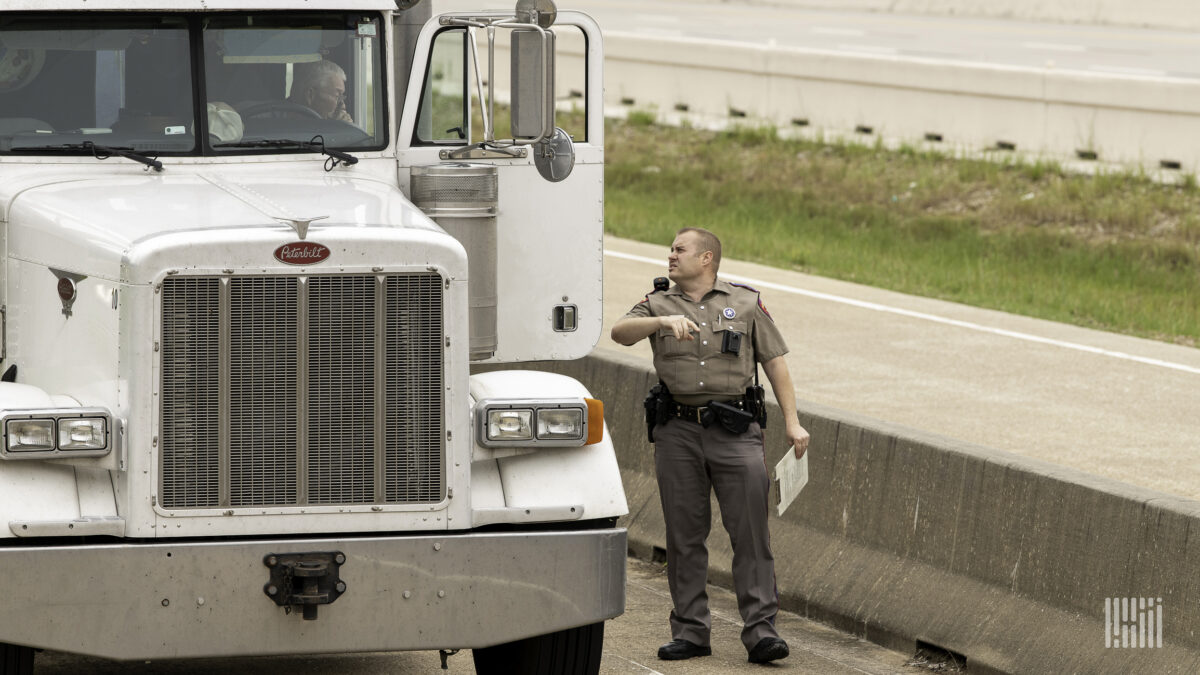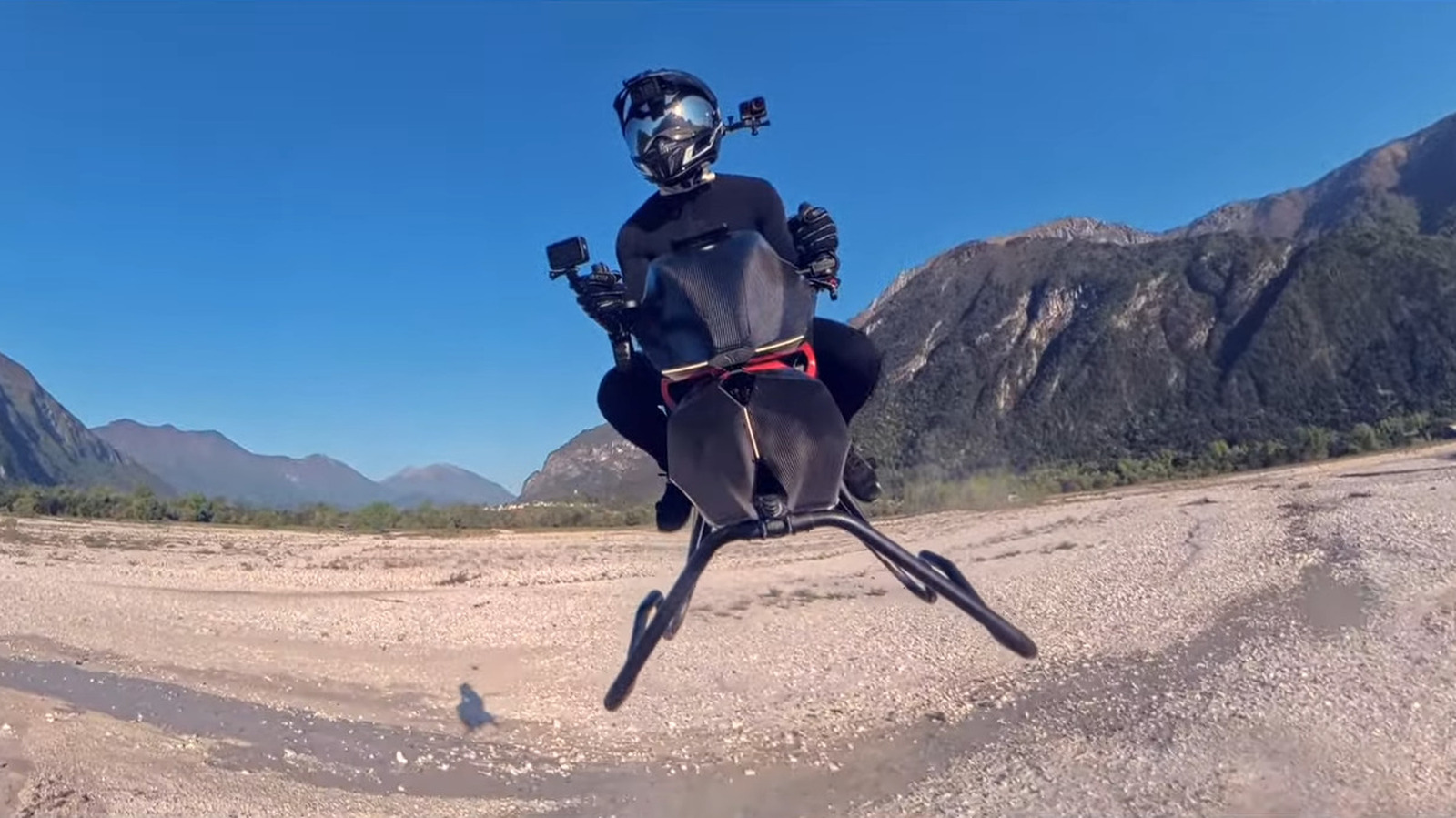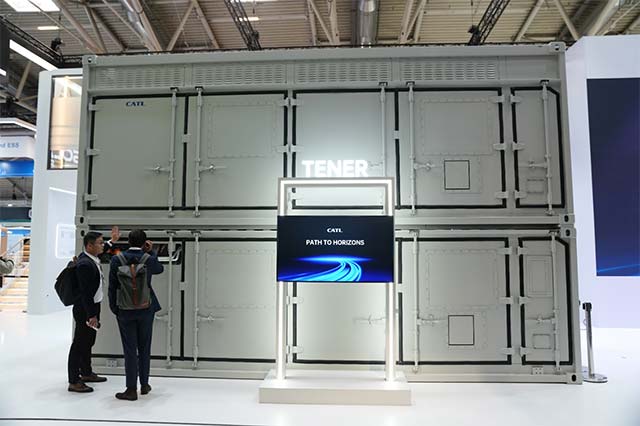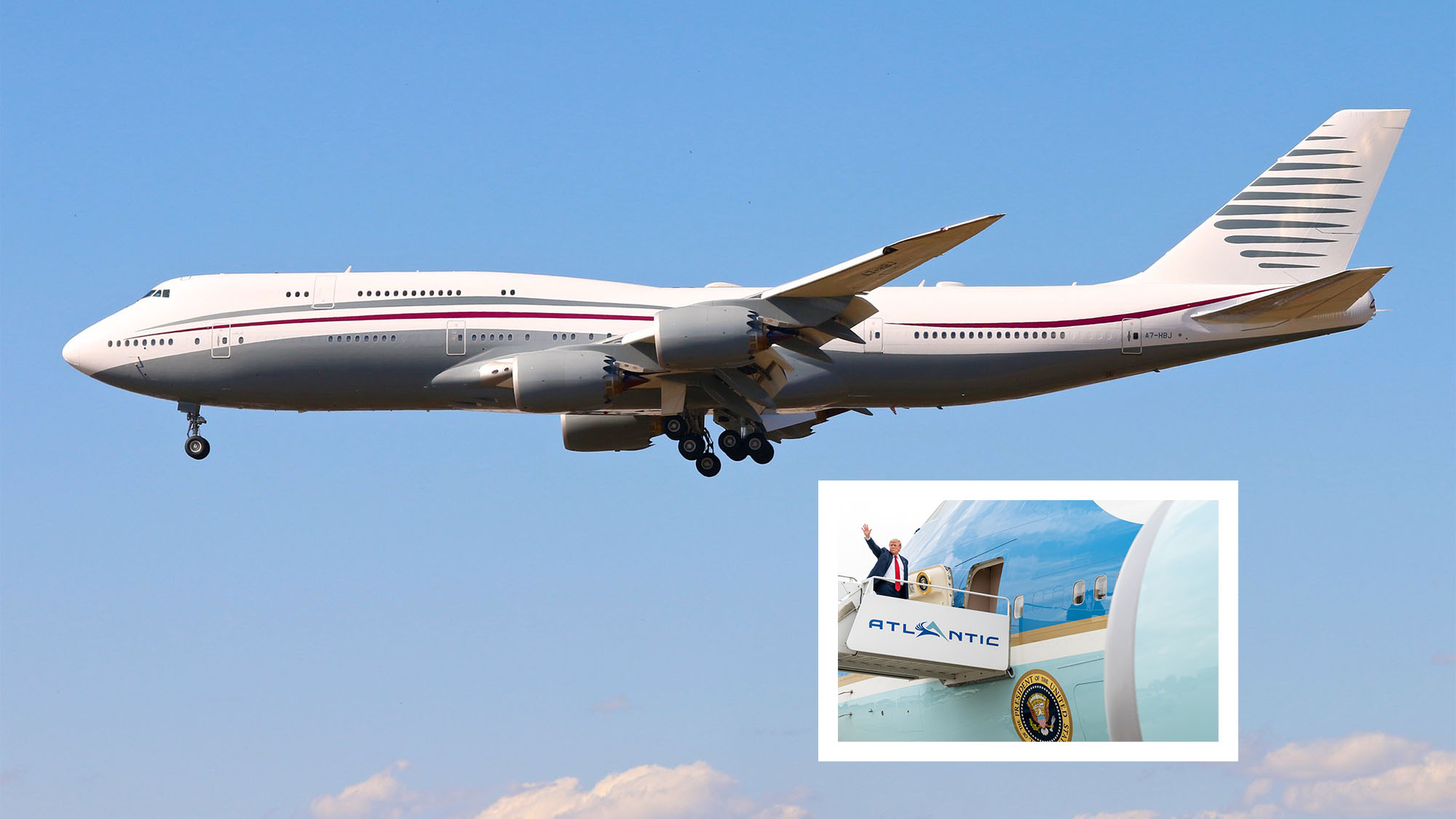Texas’ role in the fraudulent CDL scheme
Texas law enforcement, faced with a sharp increase in the number of truckers who had the Mexican equivalent of a U.S. CDL, used an informal geography test to learn that many of those individuals were from Honduras, Guatemala or other nations. The post Texas’ role in the fraudulent CDL scheme appeared first on FreightWaves.

Part 1 of this series looked at a recently enacted Arkansas law designed to get a handle on CDL fraud, and how that effort was informed by similar legislation in Texas. Part 2 examines how Texas uncovered a high number of phony documents held by people with Mexico’s equivalent of a CDL who in fact were from Central America — and the resulting impact on highway safety.
‘How are the beaches in Guadalajara?’
It was time to dig up how Texas found these fake LFCs and why that boded poorly for American CDL holders. For that I spoke with Maj. Omar Villarreal, Commercial Vehicle Enforcement, Texas Highway Patrol Division. Villarreal has been an outspoken advocate for fighting Mexican LFC fraud, helping Texas legislators craft the bill in that state targeting fake Mexican CDLs.
Villarreal’s story begins much earlier than the Arkansas bill, in the waning days of the COVID pandemic with people returning to work. Texas Highway Patrol “started noticing in the Austin area an uptick of commercial vehicles engaged in construction,” he said. That uptick soon gave way to large encampments forming outside Texas cities and in rural areas with large parcels of property housing 80 to 100 commercial vehicles at any given time.
“We started seeing this crop up all over the major metropolitan areas of Texas,” Villarreal adds. “And what we quickly realized was those drivers were in that staging area living out of their trucks and they were all Mexican LFC holders that were working for road construction companies, mainly carrying aggregates. A lot of them were shoddy commercial vehicles.”
Like a primordial soup, the migratory truck encampments grew, and what emerged at first appeared to be the laundering of an LFC into an American company. “After some time, we noticed that some of them were owner-operators, some of them were working for companies. As they acquired these vehicles, a lot of them were just slapping on a piece of paper with handwritten USDOT numbers on the door running for different carriers,” said Villarreal.
Turns out the fraud wasn’t someone else’s DOT number; the LFC holders were actually working for the companies.
But the quality of these drivers was questionable, despite their having something recognized as the equivalent of a U.S. CDL.
“There were certain characteristics that our troopers and several of our agencies started noticing regarding their driver qualifications. They started noticing that when they would pull them over, a lot of times they would park partially on the shoulder of the highway, partially off, and sticking out in the traffic,” said Villarreal.
“Our troopers would ask them to move off the side of the highway so that they can safely conduct their contact. And when you’re requesting that a driver move a vehicle like that no more than 15 yards further off the highway or to straighten up a little bit, when you observe that driver stall out six, seven times just to move it that short distance, in law enforcement, we’d call [that] a clue.”
After further questioning by officers, it became apparent those drivers held a Mexican LFC but weren’t from Mexico.
Villarreal starts with a simple roadside test. “An officer may ask a driver who holds a digital LFC that indicates he was from Guadalajara, Mexico, ‘Hey, how pretty are the beaches in Guadalajara?’ Guadalajara is a mountainous area of Mexico, nowhere close to the beach. And you’d have that driver respond, ‘They’re beautiful. The water is really blue.’ And then the story would just break down from there.”
The drivers would disclose that they were from Honduras, Guatemala, El Savador and other countries. Additionally during the course of the interview, Villarreal said the drivers would ultimately divulge that they heard from a friend or acquaintance if they called a specific number, they could get a Mexican CDL. For the aspiring LFC/CDL holder, the next step was to email a picture of themselves, give some basic information and wire the fraudster $2,500, a steal as I learned in another interview that they cost $5,000 in Colorado.
What opened the Mexican LFC fraud floodgates was, ironically, Mexico adopting a digital license back in April 2021. “Prior to that, we would see a lot of fictitious hard licenses. A lot of those were purchased at flea markets locally, and they look very authentic because they had all the holograms and security features that the Mexican LFC possessed,” said Villarreal.
Before the digital LFC, Villarreal explained, flea markets would purchase the material to make the hardened licenses from China, which also was the producer and supplier to the Mexican government. Buying the same LFC with the same hologram and security features also caught the attention of U.S. customs.
“I came across several cases where U.S. customs was regularly seizing those materials coming off of ships and coming in from China. They would seize it. It was unfortunate, but they didn’t push that out to enforcement out there because I don’t think they realized the implications,” said Villarreal.
According to Villarreal, this opened the doors for corruption in the Mexican government, which was allegedly selling LFCs to third-party driving testers. Texas enforcement officers noticed the new digital LFC fraud from the odd backgrounds in the LFC digital photos.
“It was ridiculous because some of these photographs we would see roadside of their licenses, if you go in your home or your office, you may find a door that has the rectangular imprints or some type of design on it,” he said. “A lot of these guys, when they would take that selfie, that was their background. So, when we’re looking at a digital license, you see a garage door, an entry door with a design on it and a home.”
“That’s not right because that’s not your typical credential that you would see that was produced at a federal office,” said Villarreal.
That spurred Texas authorities to look at crash data involving Mexican LFC holders in Texas. “When we started looking at that data, we started seeing month-by-month increases and crashes here in Texas. And in identifying all of that, we quickly realized that there was no mechanism for us to address it,” said Villarreal.
Texas realized the problem of fraudulent Mexican LFCs would be difficult to tackle. When the state asked the Federal Motor Carrier Safety Administration and the Commercial Vehicle Safety Alliance under the then-Biden administration, “we were not received well with inquiring and asking for some support or guidance on it,” said Villarreal.
Flash forward to 2025 and the presidential administration has changed, social media conversation has brought this problem from a state-by-state conflict into a war of words, and the onus is being pushed onto federal regulators. President Donald Trump has taken a stab at the issue by signing an executive order requiring English proficiency for all truck drivers. Transportation Secretary Sean Duffy has started posting about his concerns around the quality of drivers, much to the appreciation of the overall FreightX community.
But the bigger question remains: How did we get here in the first place, and what really needs to change from a regulatory and enforcement perspective to fix the problem?
The post Texas’ role in the fraudulent CDL scheme appeared first on FreightWaves.


















































































































































